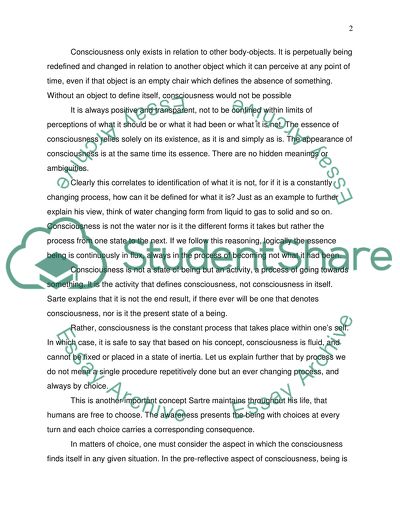Cite this document
(“French Philosopher Sartre on Consciousness Essay”, n.d.)
Retrieved from https://studentshare.org/philosophy/1507477-sartres-view-on-consciousness
Retrieved from https://studentshare.org/philosophy/1507477-sartres-view-on-consciousness
(French Philosopher Sartre on Consciousness Essay)
https://studentshare.org/philosophy/1507477-sartres-view-on-consciousness.
https://studentshare.org/philosophy/1507477-sartres-view-on-consciousness.
“French Philosopher Sartre on Consciousness Essay”, n.d. https://studentshare.org/philosophy/1507477-sartres-view-on-consciousness.


